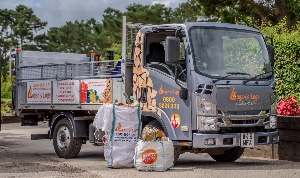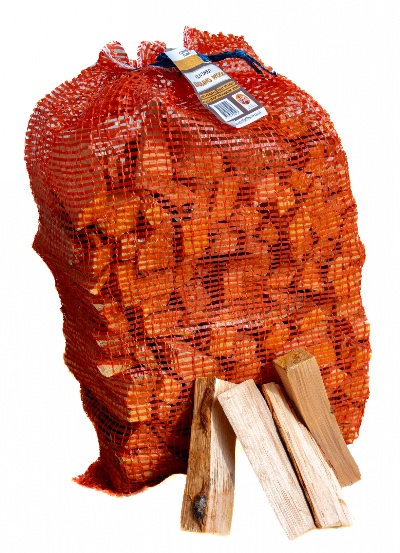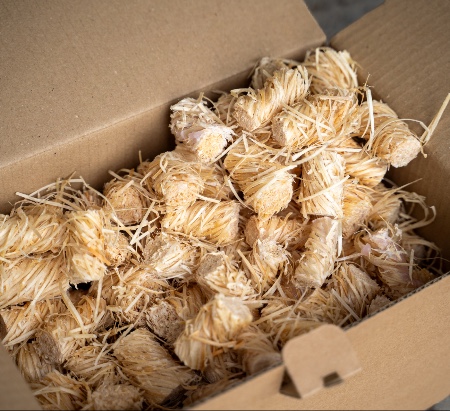What Are The Advantages of Heat Logs?
The advantages of Heatlogs
If your currently burning kiln dried wood in your log burner and are considering an alternative fuel. Heatlogs may be ideal for you. Before you move, here are a few things you may want to consider before switching over.
So, what are Heatlogs?
Heatlogs are man-made logs which are often referred to as Sawdust or Heat Briquettes. They are usually made from compressed sawdust wood waste, which would normally be thrown away like any waste product. This compression forms a high-density log usually tubular in shape. This creates and extremely efficient fuel with a high heat output for your stove or open fire.
What are heatlogs made from?
Heatlogs can be made from a broad range of materials including, Hardwood, Softwood, Straw, paper, Bracken and other foliage. They are generally held together through sheer compression so usually don’t contain any additives
What benefits come from burning Heatlogs?
The logs come in many different forms. The quality of the heat log depending on the actual materials used. Logs made from Hardwood are generally regarded as the best quality and produce a very high amount of heat, compared with burning regular firewood. They usually have a moisture level below 10% and being compressed means they burn much longer. The high density of these logs allows for easy storage and are very efficient on space.
Are there any disadvantages to burning Heatlogs?
Heatlogs generally come in packs of 10, usually weighing 10kg and can be bought in individual packs or by the pallet load. It’s very important to keep these logs dry. Being made of Hardwood Sawdust they are usually very absorbent and will take on moisture quite quickly if left open. It’s best to store them in a cool, dry place away from sunlight.
Heatlogs often expand to over double their original size when burnt so please be aware of how many you add to your wood burning stove or open fire. They can blacken up your stove glass or fall out of an open fire if too many are added at once.




